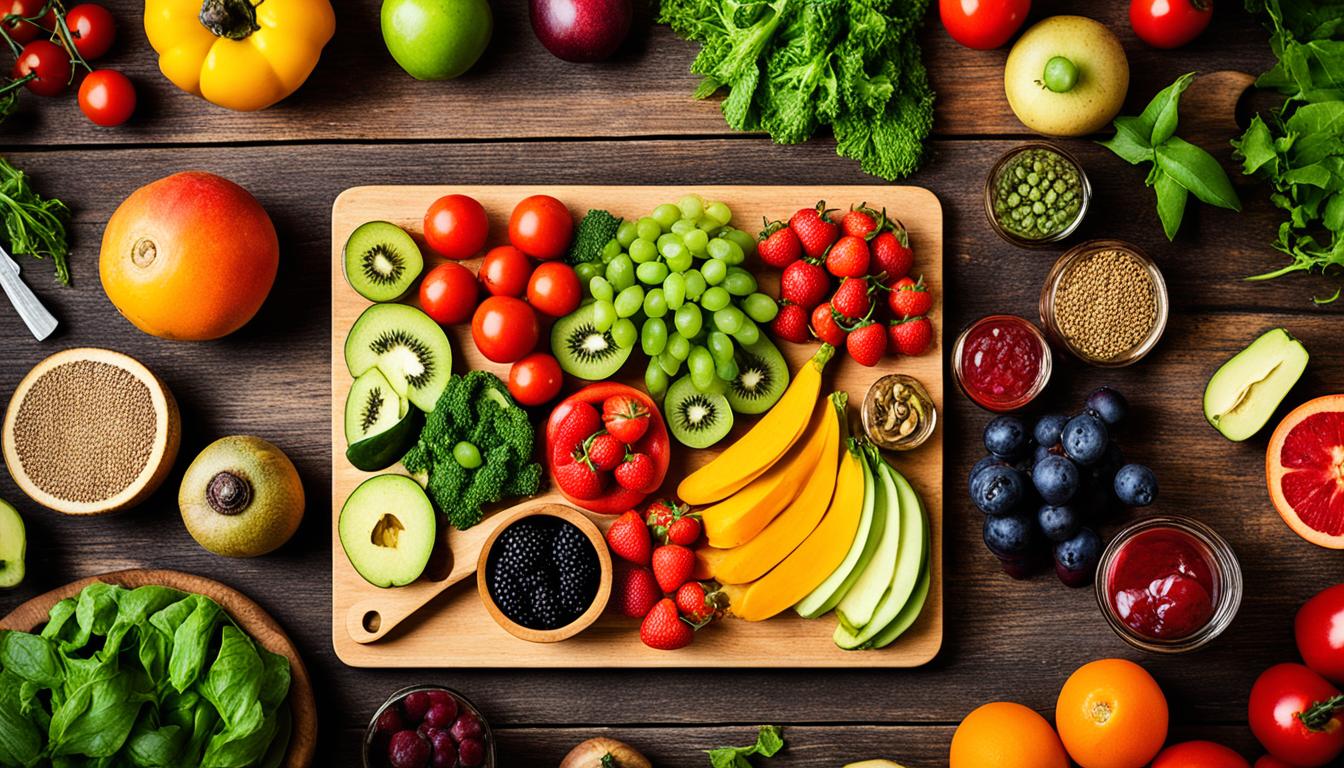Did you know that a high-quality wooden cutting board can cost over $300? With such a staggering price tag, you might be wondering, “Is it really worth the investment?” As it turns out, the answer is a resounding yes. Wooden cutting boards are ubiquitous in many kitchens and serve as the workhorse of meal prep, but with so many varieties and materials out there, it’s important to understand the factors that influence cutting board prices and why pricier options may be worth the investment.
We’ve recommended our favorite wooden cutting board, from The Boardsmith, for many years and stand by it being the best money can buy. However, with so many options on the market, it’s crucial to explore the factors that contribute to the cost of these essential kitchen tools. From the type of wood used to the construction methods and overall durability, the price tag can vary significantly. In this ultimate guide, we’ll dive into the nuances of cheap vs. expensive wooden cutting boards, helping you make an informed decision that aligns with your needs and budget.
Understanding the Factors That Influence Cutting Board Prices
When it comes to purchasing a quality cutting board, there are several factors that can influence the overall cost. The type of wood used, the construction method employed, and the thickness of the board all play a crucial role in determining the durability and longevity of the product.
Wood Types: Maple, Walnut, Cherry, and Beyond
The best hardwoods for cutting boards are maple, walnut, and cherry. These wood types are sturdy enough to prevent deep knife cuts while still being soft enough to be gentle on knife edges. Cheaper cutting boards may be made from materials like bamboo, acacia, teak, or compressed paper, which can vary in hardness and be tougher on knives.
Construction Methods: End Grain vs Edge Grain
The way a cutting board is constructed can also impact its price and performance. End grain boards, where the wood fibers are oriented vertically, are generally more expensive but offer superior durability and knife-friendliness compared to edge grain boards, where the wood fibers run horizontally.
Thickness and Durability: Why Thicker Is Better
The thickness of a cutting board is another important factor to consider. Thicker boards, typically in the range of 1.5 to 2 inches, are generally more durable and less prone to warping or cracking over time. These thicker and more durable options may cost more upfront, but they can provide years of reliable service in the kitchen.
cheap vs expensive wooden cutting boards
When it comes to knife-friendliness, our top-of-the-line wooden cutting boards from The Boardsmith and Brooklyn Butcher Blocks are designed to protect your investment in quality kitchen tools. These high-end boards, crafted from premium woods, are gentler on knife edges than cheaper options, helping to extend the life of your prized culinary instruments.
Knife-Friendliness: Protecting Your Investment
The superior knife-friendliness of our recommended boards is a key factor that sets them apart from more affordable alternatives. By using carefully selected, high-quality woods, these boards minimize the risk of deep knife cuts that can dull your blades over time. Investing in a durable, knife-friendly cutting board is an excellent way to protect your kitchen essentials.
Maintenance and Care Requirements
In addition to their knife-friendliness, our top-tier wooden cutting boards from The Boardsmith and Brooklyn Butcher Blocks require minimal maintenance and care compared to cheaper options. These well-made boards are less likely to split, warp, or become damaged with regular use, ensuring you can enjoy their superior performance for years to come. With proper care and maintenance, these high-end boards can provide a long-lasting solution for your kitchen needs.

The Pros and Cons of Affordable and High-End Options
When it comes to choosing a wooden cutting board, the decision often comes down to balancing affordability and quality. Our top picks from The Boardsmith and Brooklyn Butcher Blocks are undoubtedly more expensive than some other options, but they offer distinct advantages that may make them worth the price comparison.
The high-quality woods used in our premium cutting boards, such as maple, walnut, and cherry, are gentle on knives and tend to be more durable and long-lasting than lower-cost alternatives. These boards are less likely to split, warp, or show signs of wear and tear over time, making them a worthwhile investment. Additionally, the meticulous craftsmanship and attention to detail in these boards can elevate the overall aesthetic and experience in the kitchen.
However, we understand that the price point may be a concern for some. If you’re looking for a more affordable option, the Ironwood Gourmet acacia cutting board can be a great choice. While it may not match the quality and longevity of our top picks, it still offers a solid and functional cutting surface at a more budget-friendly price. Ultimately, the decision between an affordable or high-end cutting board will depend on your specific needs, budget, and personal preferences.
